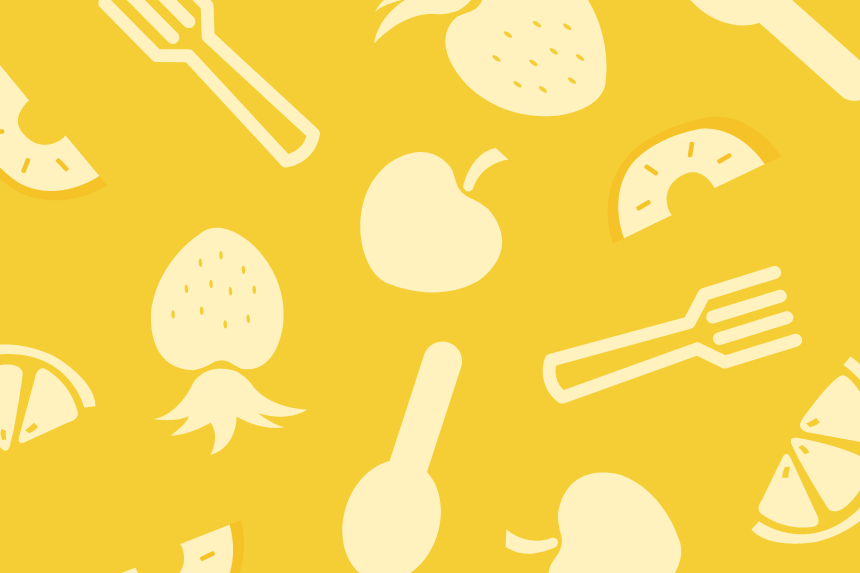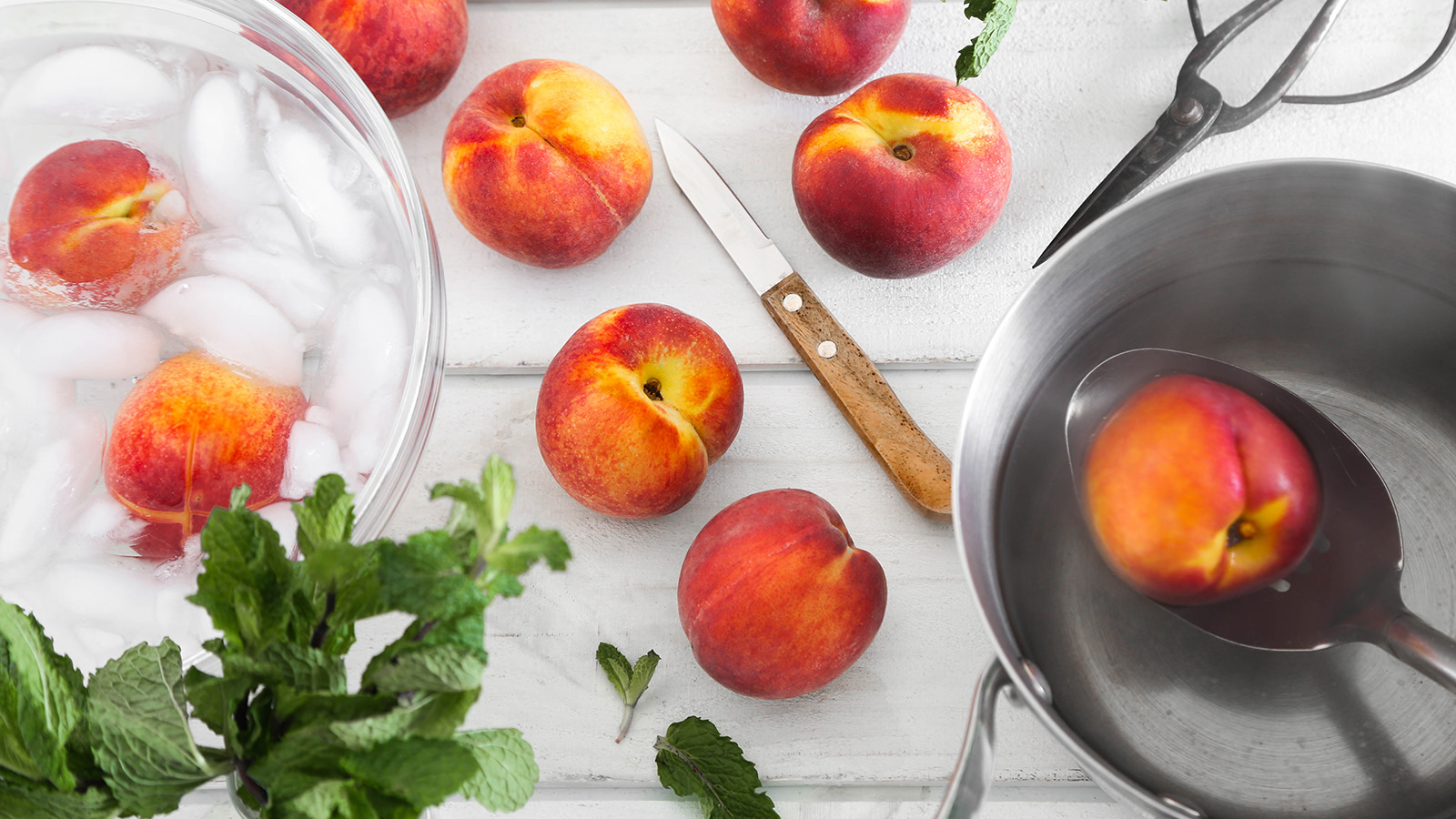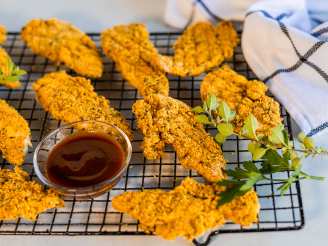Slow-Rise, No-Knead Cinnamon-Raisin Bread

- Ready In:
- 20hrs 30mins
- Ingredients:
- 12
- Yields:
-
1 loaf
- Serves:
- 12
ingredients
- 3 1⁄4 cups white flour
- 1 1⁄4 teaspoons salt
- 1⁄8 teaspoon fast rising yeast
- 1 3⁄4 cups water, room-temperature
- 1 tablespoon vegetable oil
- 4 1⁄2 tablespoons unsalted butter, melted
- 1⁄2 cup white sugar
- 1 large egg, room temperature
- 2⁄3 cup dark seedless raisins
- 2⁄3 cup white flour
- 6 1⁄2 tablespoons sugar
- 1 1⁄2 tablespoons ground cinnamon
directions
-
For the first stage:
- Thoroughly combine the flour, salt and yeast in a 3- to 4-quart or larger bowl; mix with a large spoon.
- Add the water, stirring vigorously until evenly incorporated; the mixture may be stiff.
- Scrape down the sides of the bowl with a greased flexible spatula.
- Drizzle the dough top with about 1/2 teaspoon of oil (no need to measure); use a pastry brush or your fingertips to spread it evenly over the dough surface and up sides of the bowl.
- Cover the bowl tightly with plastic wrap and set aside at a room temperature of about 70 degrees or cooler for 12 to 18 hours.
-
For the second stage:
- Mix cinnamon and sugar and set aside.
- Use a fork to beat together 4 tablespoons of the melted butter and the sugar in a medium bowl until well blended.
- Beat in the egg and raisins until incorporated; let stand for 5 minutes.
- Vigorously stir the butter mixture into the dough until the dough deflates and the ingredients are evenly incorporated; the dough will seem rubbery.
- Vigorously stir the flour into the dough until thoroughly incorporated.
- Lightly stir in about 2/3 of the cinnamon-sugar mixture; streaks should remain.
- (Second-stage mixing may be completed in a heavy-duty stand mixer, if desired. Transfer the raised dough to the mixer bowl; complete the mixing steps on low speed using the paddle.).
- Generously grease a very large loaf pan (9-by-5-inch or other 1 3/4- to 2-quart pan) or coat thoroughly with nonstick cooking oil spray.
- Turn out about a third of the dough into the pan.
- Smooth the surface with a greased flexible spatula.
- Sprinkle about half of the remaining cinnamon sugar mixture over the surface.
- Repeat with another third of the dough, then sprinkle with all but 1/2 tablespoon of the remaining cinnamon sugar.
- Add the remaining dough, then smooth the surface with a flexible spatula.
- Drizzle the remaining 1/2 tablespoon of melted butter over the top.
- Use a pastry brush or your fingertips to spread the butter over the surface until the surface is evenly coated and looks smooth.
- Sprinkle the remaining cinnamon-sugar over the top.
- Cover the pan with plastic wrap.
-
For a "regular" rise:
- Let rise at room temperature for 1 1/4 to 1 3/4 hours or until the dough nearly reaches the pan rim.
- (The time will vary considerably depending on the temperature of the room and the length of the first rise.)
- Remove the plastic wrap; let stand until the dough rises 1/4 inch above the rim.
-
For a “quick” rise:
- Place a microwave-safe cup containing 1 cup of water in a rear corner of the microwave oven.
- Microwave for 2 minutes, until the water almost boils.
- Put the loaf in the microwave oven as far from the water as possible.
- Let it rise 30 to 50 minutes or until the dough nearly reaches the pan rim.
- Gently remove the plastic.
- Continue the rise until the dough top is 1/4 inch above the rim.
-
For baking:
- Position an oven rack in the middle third of the oven; preheat to 400 degrees.
- Gently transfer the pan to the oven; jarring can cause deflating.
- Bake for 35 to 45 minutes, until the loaf is well browned on top and sounds hollow when thumped with a finger.
- (If the top begins to brown too rapidly, cover with aluminum foil for the last 15 to 20 minutes of baking.)
- Transfer to a wire rack and let cool for several minutes, then run a knife around the loaf to loosen.
- Transfer the loaf to the rack and let it cool completely before cutting it or storing in an airtight container.
Questions & Replies
Got a question?
Share it with the community!
Reviews
Have any thoughts about this recipe?
Share it with the community!
RECIPE SUBMITTED BY
I am a web producer and copy editor at an online newspaper.
Many of my favorite foods are down-home Southern comfort food like my grandmother and mother made, but I also live in an ethnically diverse area and have been able to learn a lot about different styles of cooking. I especially like Asian, Mediterranean and Indian food.
I'm working on learning to cook Indian food and I'm discovering that, like most traditional cuisines, it involves a lot of long complicated processes and a lot of intuition and background knowledge on the part of the cook. Hope I can begin to grasp some of that knowledge eventually.




